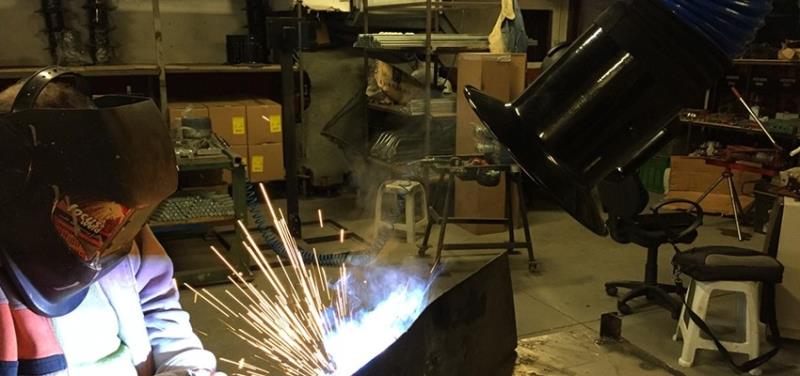Health Risks of Source

Health Risks of Source Hazardous source smoke protection methods
Welders face a number of risks for them due to illness, and even dangerous substances that mean early retirement. Different welding methods result in the release of different amounts of smoke containing various concentrations of hazardous substances. High-risk components include hexavalent chromium Cr (VI), manganese, nickel and lead. The particle size (0.01-1 μm) determines how toxic the smoke is. The smaller the particles, the easier it will be to breathe to the lungs, the greater the damage. The amount and type of welding fume generated depends on the welding parameters and the basic materials. It is therefore impossible to say that a method will always be better or worse than the other. The current situation is the increasing use of MIG, MAG and TIG welding. These methods usually provide an improved working environment.
Basic risks in the source
Risks related to different welding processes and coating materials. Serious diseases associated with exposure to various types of welding fumes include:
Lung, small and large intestine and liver cancer
Brain injury
Neurological diseases
Decreased lung capacity
Pneumonia
Asthma
Skin diseases
Allergies
Fertility problems
For workplace ventilation
A good and safe working environment can be established to limit sick leave and prevent early retirement. A good working environment means that the final product is better and productivity is greater. A successful business must have safe and smooth working conditions.
Suction from the source is known as the most effective way of collecting and eliminating smoke. Choose the most effective solution for your business! Advent has different solutions to get rid of dust, smoke and particles. Your preference depends on what you suck and how often you use it.